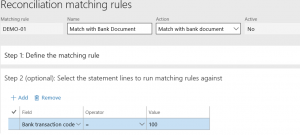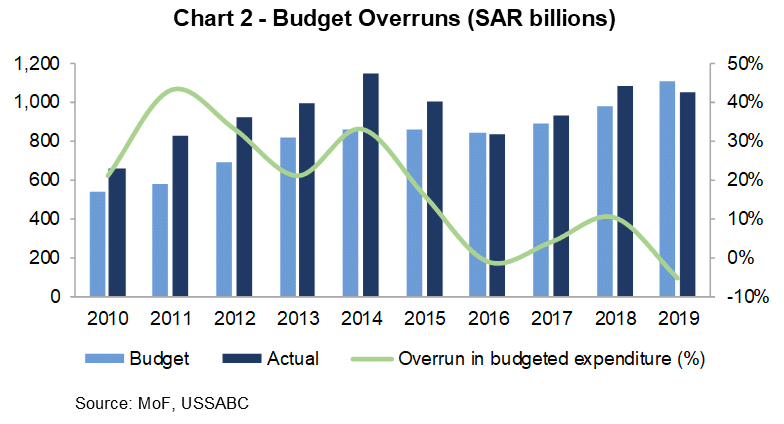
The analytics review method reconciles the accounts using estimates of historical account activity level. It involves estimating the actual amount that should be in the account based on the previous account activity levels or other metrics. The process is used to find out if the discrepancy is due to a balance sheet error or theft. Reconciling an account is an accounting process that is used to ensure that the transactions in a company’s financial records are consistent with independent third party reports.

Identify discrepancies
- The document review method involves reviewing existing transactions or documents to make sure that the amount recorded is the amount that was actually spent.
- No matter what you’re reconciling, it will involve comparing two sets of records to determine accuracy.
- The account conversion method is where business records such as receipts or canceled checks are simply compared with the entries in the general ledger.
- For example, when performing bank reconciliation, a business compares its financial statements with the records received from the bank.
The company’s current revenue is $9 million, which is way too low compared to the company’s projection. The information provided in this article does not constitute accounting, legal or financial advice and is for general informational purposes only. Please contact an accountant, attorney, or financial advisor to obtain advice with respect to your business. Lastly, in liabilities: accounting reporting the United States, account reconciliation is crucial to help companies comply with federal regulations applied by the Securities and Exchange Commission (SEC) under the Sarbanes-Oxley Act.
And while most financial institutions do not hold you responsible for fraudulent activity on your account, you may never know about that fraudulent activity if you don’t reconcile those accounts. Regular account reconciliation should be combined with invoice reconciliation as part of your internal controls in accounts payable. Keeping your accounts reconciled is the best way to make sure that your balances are accurate and an important part of ensuring adequate financial controls are in place. While the reconciliation process remains the same, with two sets of documents compared for accuracy, the difference lies in what is being reconciled.
Cash accounts using bank statement reconciliations
Account reconciliations should be performed regularly, ideally monthly, to ensure financial records are accurate and up-to-date. Such regular and timely reconciliations support financial integrity and informed decision-making. Account reconciliation is typically carried out at the end of an accounting period, such as monthly close, to ensure that all transactions have been accurately recorded and the closing statements are correct. If the account reconciliation reveals that an account balance is not correct, adjust the account balance to match the supporting detail. Also, always retain the reconciliation detail for each account, not only as proof, but also so that it can be used as the starting point for account reconciliations in subsequent periods.
The bank reconciliation ensures your bank account ending balance matches the balance reflected in your general ledger. Outside of selling their investment alpha products and services, one of the most important things a small business owner can do is reconcile their accounts. Account reconciliation is simply the act of reconciling one set of transactions with another set to ensure both sets match. The accountant of company ABC reviews the balance sheet and finds that the bookkeeper entered an extra zero at the end of its accounts payable by accident.
Accounting Audit Process: A Step-by-Step Guide
Accrual accounting is more complicated but provides a better insight into the financial health of your business. Cash accounting t account examples is the easiest way to manage your accounting, and provides a better picture of your cash flow, but is only a suitable method for very small businesses. For example, when you pay your utility bill, you would debit your utility expense account, which increases the balance and credit your bank account, which decreases the balance. Debits and credits are truly the backbone of the double-entry accounting system, which states that every debit entry must have a corresponding credit entry for the books to remain in balance. I know you’d rather be selling your products or providing services to your clients than being stuck in the office doing account reconciliations.
Rectifying the error brings the current revenue to $90 million, which is relatively close to the projection. Timing differences occur when the activity that is captured in the general ledger is not present in the supporting data or vice versa due to a difference in the timing in which the transaction is reported. Account reconciliations are an essential part of financial management in any business. These reconciliations can be performed in several ways, depending on the context. There are two ways to reconcile an account, which are the documentation review and the analytics review. Depending on your business, you may also want to reconcile your inventory account, which is typically completed by doing a complete accounting of all inventory on hand.
What Is Account Reconciliation?
Take my word for it, you don’t want to skip this process, even for a single month. A company may issue a check and record the transaction as a cash deduction in the cash register, but it may take some time before the check is presented to the bank. In such an instance, the transaction does not appear in the bank statement until the check has been presented and accepted by the bank. This reconciliation guarantees that your accounting records maintain an accurate account of the amounts customers owe your business. It’s a critical tool for maintaining a healthy cash flow and preventing any missed payments from going unnoticed. Firstly, it is necessary to identify errors due to data entry mistakes, bank account discrepancies, information omission, duplication, or some other reason.
